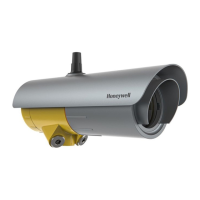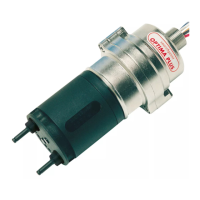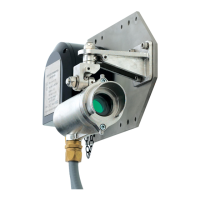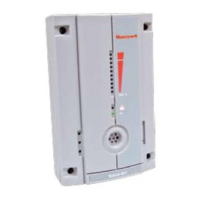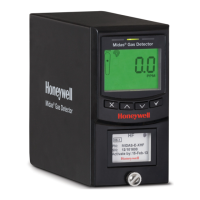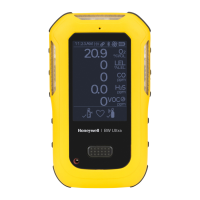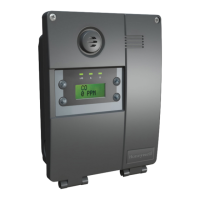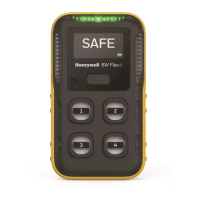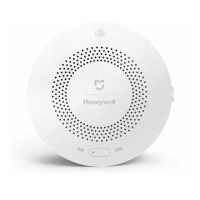WARNINGS
Sensepoint XCD is designed for installation and use in Zone 1 or 2 hazardous areas in many
countries including Europe and for Class 1 Division 1 or 2 area applications in North America.
Installation must be in accordance with the recognized standards of the appropriate authority in
the country concerned.
Access to the interior of the detector, when carrying out any work, must only be conducted by
trained personnel.
Before carrying out any work ensure local regulations and site procedures are followed.
Appropriate standards must be followed to maintain the overall certification of the detector.
Care should be taken when removing and refitting the Sensepoint XCD plug-in Sensor to the
Sensor Socket so that damage to the connection pins can be avoided.
For installations where conduit is used, and the sensor is mounted directly to the Sensepoint
XCD, there must be a ‘Seal Fitting’ installed for each of the cable gland entries within 18
inches of the Sensepoint XCD. For installations where the sensor will be mounted remotely
from Sensepoint XCD, an additional ‘Seal Fittings’ will be required: One at each of the conduit
entries for the power/signal/relay contact outputs and one at the sensor wiring entrance. The
total distance of the location of these Seal Fittings is 18 inches. (e.g. If all 3 gland entries are
to be used, 3 Seal Fittings should be located, each within 6 inches of the wiring entrance).
If using an anti-seize compound, the threads should be thinly coated with an approved silicone
free compound e.g. petroleum jelly.
To reduce the risk of ignition of hazardous atmosphere, de-classify the area or disconnect the
equipment from the supply circuit before opening the detector enclosure. Keep assembly tightly
closed during operation.
Never attempt to open a junction box/enclosure or replace/refit the sensor in potentially
hazardous atmospheres while power is still applied to the transmitter.
The detector must be earthed/grounded for electrical safety and to limit the effects of radio
frequency interference. Earth/ground points are provided inside and outside the unit. Ensure
that all screens/instrument earth/clean earth wiring is earthed/grounded at a single point (either
at the controller or detector - BUT NOT BOTH) to prevent false alarms due to earth/ground
loops.
Take care when handling sensors as they may contain corrosive solutions.
Do not tamper with or in any way disassemble the sensor.
Do not expose to temperatures outside the recommended ranges.
Do not expose sensors under storage conditions to organic solvents or flammable liquids.
At the end of their working life, replacement electrochemical sensors for oxygen and toxic gas
must be disposed of in an environmentally safe manner. Disposal should be according to local
waste management requirements and environmental legislation.
Alternatively, old replaceable sensors may be securely packaged and returned to Honeywell
Analytics clearly marked for environmental disposal.
Electrochemical sensors should NOT be incinerated as this action may cause the cell to emit
toxic fumes.
Refer to the local or national regulations relative to the installation at the site. For Europe see
EN60079-29-2, EN60079-14, EN45544-4 and EN61241-14.
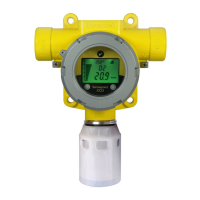
